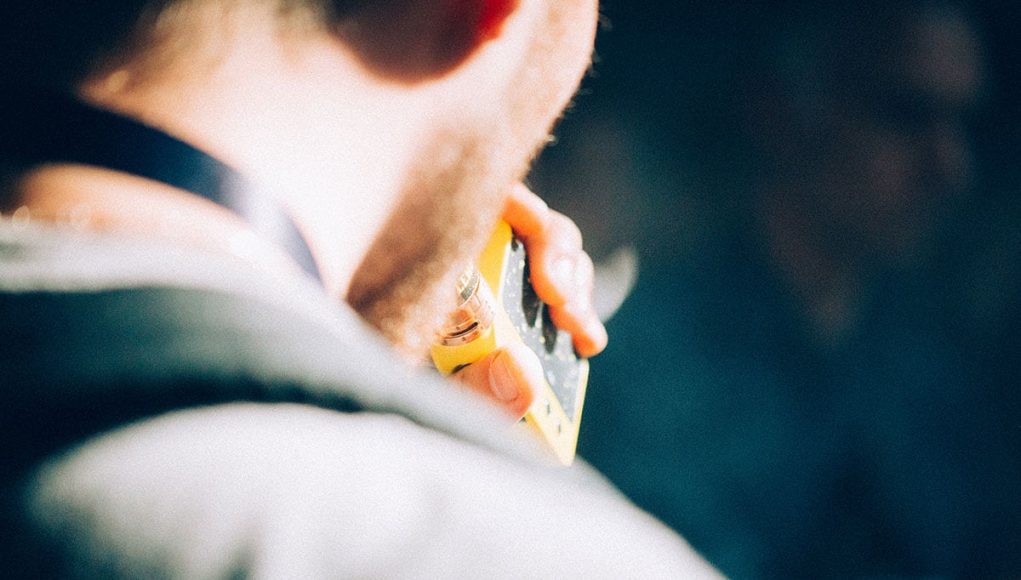Tobacco harm reduction is a field of research but also an economic phenomenon that promotes the safer delivery of nicotine to addicted users. Products like e-cigarettes and snus are considered some of the cleanest forms of nicotine delivery currently on the market. E-cigarettes and vapes, for example, contain no tobacco flora but rather e-juice that either contains tobacco-derived nicotine or synthetic variations of the chemical. Combined with flavoring and ingredients that are designed to help smokers quit combustibles, e-cigarettes offer relative risks that are minimal to traditional smoking.
One would suspect that the increasing popularity of vaping in the developed world would be a good thing. However, tobacco control activists view e-cigarettes and vapes as a harbinger of the end. In response to such concerns, countries like the United States and Australia have fallen for a moral panic that presents products made for cessation and cleaner nicotine delivery as something that is just as bad as smoking a menthol. Due to hysteria and one-sided opinions, a well-intentioned industry fights to survive at costs that impact more than vape shops and manufacturers.
An “epidemic”
When the Food and Drug Administration (FDA) declared the youth vaping epidemic, the agency opted for regulatory approaches that threaten legal access for adults. All in the name of “protecting the children,” the FDA, other regulators, and lawmakers at all levels of governance have taken up the so-called crusade against vaping. Whether it is restricting flavors that are scientifically proven to help smokers quit or working to ban the entire product category, the latest trends in public policy reveal systemic opposition to anything that challenges the status quo. Especially when it relates to nicotine, alternative products will face unwarranted scrutiny at the expense of consumers and the general population.
Let’s consider a brief scenario. Since opponents commonly argue that the vaping industry is intentionally targeting minors with their marketing strategies, there is a sentiment among these groups that a new “war” must be waged on these products. This sentiment is so widespread in all segments of public life that considerations for protecting youth from these products as the at-risk population in question take on previous approaches adopted during other drug prohibitions.
National health data do show increases in e-cigarette use among minors, but further analysis reveals that a very, very small population show symptoms of aggressive nicotine use addiction. Out of all the data, most minors who have reported e-cigarette use are just general cases of experimentation. The moral panic invited by the public health crisis declaration, however, has justified government leaders to regulate product usage among minors further. While in most cases this is not an issue, the difference is that vaping is now construed as something far more wicked than underaged drinking or the use of illicit substances. Being the case, governments believe that increased policing should enter into the equation.
Nicotine wars
One of the key ways minors access vaping products is through social channels, like friends or classmates who are of legal age to purchase nicotine. This structure is the basis for the “hallway black markets” that supposedly plague every middle and high school across the country. By adopting a societal sentiment that propagates reactive behavior, school districts are now promoting cases of increased enforcement that could violate the civil liberties of the very students they claim they are protecting from nicotine.
A recent study published by a team of criminology researchers at the University of Texas, San Antonio, essentially argues that minors who vape are likely to partake in some form of juvenile delinquency. The findings suggest that if a minor engages in vaping nicotine or illicit substances like marijuana, there is apparently a relationship between the act and other delinquent behavior. This potentially insinuates to readers of the study, like lawmakers, that vaping leads to crime. However, what appears not to be considered is whether the juveniles engaging in vaping were delinquent before or afterward.
At the heart of my concern regarding this study and others like it is how conclusions are presented. A press release announcing the study’s conclusion attributes the authors believing, “that these findings might be explained by the ability to conceal an illegal substance through the mechanism of vaping, which can reduce the likelihood of detection and apprehension among youth who vape illicit substances and thereby embolden them to engage other delinquent behaviors.”
Unless the research sample was asked about these types of issues, then these conclusions have no merit. This assumption also attributes to the study’s insinuation that minors who vape, regardless of substance, are likely to engage in violent acts, engage with gangs, vandalism, or some combination of other related behaviors.
The arguments made in this study could be misconstrued and lead regulators and lawmakers down a path of establishing or scaling existing policing approaches that go far beyond justifiable means.
“Tough on crime, tough on nicotine”
The closest example I could provide is how the war on drugs has impacted youth. One of the sentiments of the drug war is to be “tough on crime.” Apply the contemporary context; policies are being amended or passed to be “tough on nicotine.”
While underage nicotine possession was never initially criminalized in many jurisdictions, the hysteria related to the vaping moral panic has led to a change in that policy. Minors caught in possession of some form nicotine could be held criminally liable and tried in juvenile court or, depending on the severity of the offense, in courts intended to adjudicate cases involving adult offenders. Sentencing could be disproportionate to youth in minority populations, and “on-school-grounds” police presence will grow.
Such approaches in fighting the youth vaping epidemic are self-defeating and exemplify how harm reduction and restorative justice approaches are dismissed.













